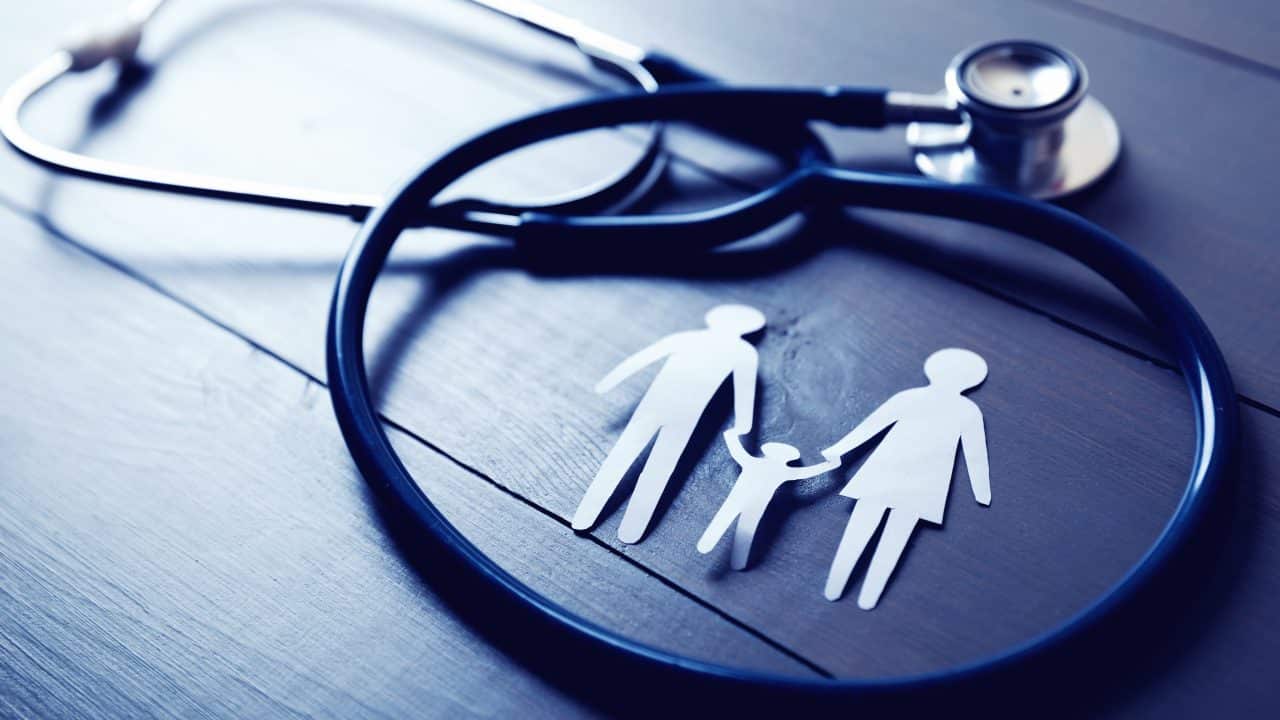Have you ever been in a situation where someone suddenly collapsed and stopped breathing? It can be a terrifying experience, but knowing how to perform CPR (CardioPulmonary Resuscitation) can make a huge difference in saving someone’s life. CPR is a life-saving skill that everyone should have, regardless of their profession or age. In this blog, we will discuss the importance of CPR, a basic how-to, and why you should get formally trained and certified.
What is CPR
CPR is a medical procedure that is used to restore blood flow and breathing in a person who has suffered cardiac arrest or stopped breathing. It involves compressing the chest and delivering rescue breaths. The goal of CPR is to keep oxygenated blood flowing to the brain and other vital organs until first responders arrive.
Why is CPR Important?
Cardiac arrest is one of the leading causes of death in the United States, with over 350,000 cases occurring outside of a hospital each year. According to the American Heart Association, performing CPR can double, even triple, a person’s chance of survival. In many cases, CPR is the only thing that can keep a person alive until emergency medical services arrive.
Additionally, CPR can help reduce lasting harm from a medical emergency. A lack of oxygen to the brain can result in permanent damage, and losing oxygen and blood in key organs can be devastating. CPR helps prevent this by resuming and/or maintaining oxygenated blood flow.
A Basic Guide to CPR
As soon as someone collapses (or is pulled from the water), first aid begins. The following is the order of operations for CPR, and below we’ll delve into each step more deeply.
- Check for Responsiveness
- Open the Airway
- Check for Breathing
- Begin Chest Compressions
- Deliver Rescue Breaths
- Repeat
Check for Responsiveness
This can look like tapping someone on the shoulder, yelling their name (or asking their name) to see if they answer, and general ways of checking for consciousness. If a person is responsive, they likely simply fainted and do not need CPR (but may need other assistance). If the person needs medical help or is unresponsive, call 911 or instruct someone else to do so before continuing.
Open the Airway
Ensure the person has a clear passageway to breathe through by tilting their head back, chin up, and opening their mouth. They may breathe on their own once the passage is open.
Check for Breathing
Look, listen, and feel. Try putting your hand in front of their mouth, place a hand on their chest, and listen for moving air. Sometimes breathing isn’t obvious. If they are not breathing, begin CPR.
Chest Compressions
Chest compressions involve manual pressure to pump blood from the heart to the rest of the body. You will want to interlace your fingers and place the heel of your hand on the center of the chest. Press with enough force to compress the chest around 2 inches. Move up and down rapidly, aiming for 100 compressions each minute.
Rescue Breaths
Rescue breaths are meant to supply oxygen to the lungs in place of the person’s regular breathing. You’ve already opened the airway; now, pinch their nose shut and place your mouth over theirs before breathing in a hard breath. You want to give 2 rescue breaths at a time, generally every 30 compressions.
Repeat
You are effectively acting as the person’s heart and lungs until medical help arrives. Don’t stop until emergency personnel indicates they are taking over.
Remember, the most important thing is to act quickly and call 911 as soon as possible. Even if you are unsure how to perform CPR, the attempt can help.
Why You Should Get Certified in CPR
Professional CPR training can make all the difference in an emergency. Not only will you know the proper technique, but you’ll also have the confidence to act quickly and efficiently and to get others moving. Many people tend to freeze up during an emergency, unsure of how to help or afraid of making things worse. With proper training, you’ll have the confidence and skills to leap into action and instruct others on ways they can assist.
CPR training courses are pretty straightforward. You can take them in person or online through websites like protrainings.com. Make sure your course provider is accredited and approved by organizations like the American Heart Association or the Red Cross. Certification is valid for two years, after which you will need to take a refresher course.
Why Everyone Should Learn CPR
CPR is a life-saving skill that everyone able should have, no matter age or profession. Children as young as nine can learn. You never know when you might be. in a situation where someone needs help, and bystander CPR can be the difference between life and death. There is no harm in learning a skill that can potentially save a life; the more people who know CPR, the safer our communities become.
Buy Me A Coffee
The Havok Journal seeks to serve as a voice of the Veteran and First Responder communities through a focus on current affairs and articles of interest to the public in general, and the veteran community in particular. We strive to offer timely, current, and informative content, with the occasional piece focused on entertainment. We are continually expanding and striving to improve the readers’ experience.
© 2024 The Havok Journal
The Havok Journal welcomes re-posting of our original content as long as it is done in compliance with our Terms of Use.



